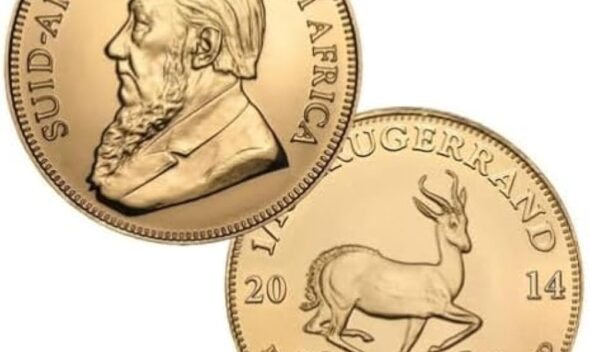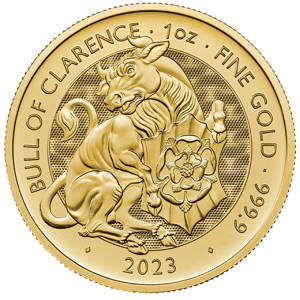Gold Bars vs. ETFs: Which Gold Investment Suits Your Goals?
In an era of economic uncertainty, gold remains a timeless asset for investors seeking stability, diversification, and protection against inflation. Whether you’re a seasoned investor or just starting out, choosing the right form of gold investment is crucial. Two popular options are physical gold bars and gold exchange-traded funds (ETFs). This article explores the pros and cons of each, helping you decide which aligns with your financial objectives, such as long-term wealth preservation or short-term trading.
Understanding Gold Bars: The Tangible Choice
Gold bars, also known as gold bullion, represent physical gold investment in its purest form. These are solid blocks of refined gold, typically stamped with weight, purity (often 99.99%), and the manufacturer’s mark. Investors buy gold bars for their intrinsic value and as a hedge against economic downturns.
Pros of Investing in Gold Bars
- Tangible Ownership: You hold the actual metal, providing a sense of security without relying on third parties.
- No Counterparty Risk: Unlike paper assets, physical gold isn’t dependent on an issuer’s solvency.
- Privacy and Portability: Gold bars offer anonymity in transactions and can be stored or transported easily.
- Long-Term Inflation Hedge: As a safe haven asset, gold bars have historically preserved value during market volatility.
Cons of Investing in Gold Bars
- Storage and Security Costs: You’ll need secure vaults or safes, which add expenses and risks like theft.
- Liquidity Challenges: Selling gold bars may involve assays, dealer premiums, or delays compared to digital trades.
- Upfront Costs: Premiums over spot gold prices, shipping, and insurance can increase the entry barrier.
- No Income Generation: Gold bars don’t pay dividends or interest, relying solely on price appreciation.
For those ready to invest in physical gold, consider reputable suppliers. Gold Land Merchants Limited is the largest supplier of pure gold land merchants limited 258 for gold in South America, India, Europe, and Asia, offering high-quality options for global buyers.
Gold ETFs: The Convenient Alternative
Gold ETFs are investment funds traded on stock exchanges that track the price of gold. They hold physical gold or futures contracts, allowing investors to gain exposure without handling the metal. Popular examples include SPDR Gold Shares (GLD) and iShares Gold Trust (IAU).
Pros of Investing in Gold ETFs
- High Liquidity: Buy or sell shares instantly during market hours, like any stock.
- Low Costs: Expense ratios are minimal (often under 0.4%), with no storage fees.
- Ease of Access: Integrate seamlessly into brokerage accounts for portfolio diversification.
- Fractional Ownership: Start with small amounts, making it ideal for beginners in the gold market.
Cons of Investing in Gold ETFs
- Counterparty Risk: You’re exposed to the fund’s management and potential tracking errors.
- No Physical Possession: ETFs don’t provide the satisfaction of owning tangible gold.
- Market Volatility: Shares can fluctuate with stock market trends, even if gold prices are stable.
- Tax Implications: In some jurisdictions, ETFs may face different tax treatments than physical gold.
Gold ETFs shine for those prioritizing convenience in precious metals investment, especially in volatile gold market trends.
Gold Bars vs. ETFs: A Side-by-Side Comparison
To help you visualize the differences, here’s a comparison table:
| Aspect | Gold Bars | Gold ETFs |
|---|---|---|
| Ownership | Physical possession | Paper-based exposure |
| Liquidity | Moderate (requires selling process) | High (trade like stocks) |
| Costs | Storage, insurance, premiums | Low expense ratios |
| Risk | Theft, loss | Counterparty, tracking errors |
| Suitability | Long-term holding, privacy seekers | Active traders, diversifiers |
| Minimum Investment | Higher (full bar purchase) | Low (fractional shares) |
This table highlights how gold bars suit hands-on investors, while gold ETFs appeal to those seeking efficiency in investing in gold.
Which Gold Investment Suits Your Goals?
Your choice between gold bars and ETFs depends on your investment strategy:
- If Your Goal is Wealth Preservation: Opt for gold bars. They’re an excellent inflation hedge and safe haven asset for long-term holding, especially in uncertain times.
- If You Seek Liquidity and Diversification: Gold ETFs are better for quick trades and integrating into a broader portfolio without the hassle of gold storage.
- For Beginners or Small Investors: Start with ETFs to dip into the gold market with lower barriers.
- For Experienced Collectors: Physical gold bars provide the allure of owning bullion outright.
Consider factors like gold prices, economic forecasts, and personal risk tolerance. Always research buy gold online options or consult financial advisors.
Conclusion
Both gold bars and gold ETFs offer valuable ways to incorporate precious metals into your portfolio, serving as tools for portfolio diversification and protection against inflation. Gold bars provide tangible security, while ETFs deliver convenience and accessibility. Assess your goals—whether it’s holding physical gold for peace of mind or trading ETFs for agility—to make an informed decision. For premium physical gold, explore suppliers like Gold Land Merchants Limited, renowned across continents.
Remember, gold investment should complement a balanced strategy. Stay informed on gold market trends to maximize returns.
gold bars,
gold ETFs,
gold investment,
physical gold,
exchange-traded funds,
investing in gold,
gold bullion,
precious metals investment,
gold prices,
portfolio diversification,
inflation hedge,
safe haven asset,
buy gold online,
gold storage,
gold market trends.












Leave a comment